Inhouse
85
Being Seeing Making Thinking
Credits
-
Pou Auaha / Creative Director
Arch MacDonnell
-
Ngā Kaimahi / Team Members
Jane MacDonnell, Dean Foster -
Kaitautoko / Contributors
Sue Gardiner, Megan Shaw, Rob Gardiner, Clare McIntosh, Cameron Ah Loo-Matamua, Hana Pera Aoake, Kriselle Baker, Jim and Mary Barr, Christina Barton, Tina Baum, Leonard Bell, Lucinda Bennett, Nigel Borrell, Ruth Buchanan, Anthony Byrt, Casey Carsel, Andrew Clifford, Kelli Cole, Hamish Coney, Natasha Conland, Sue Cramer, Aaron Lister and Chelsea Nichols, Wystan Curnow, Megan Dunn, Sarah Farrar, Rongomai Grbic-Hoskins, Shaun Higgins, Samuel Holloway, Roger Horrocks, Craig Judd, Chris Kraus, Robert Leonard, Shari Lett, Bronwyn Lloyd, Stuart McKenzie, Julian McKinnon, Judy Millar, Denise Mimmocchi, Gregory Minissale, Milly Mitchell-Anyon, Michael Moore-Jones, Gregory O'Brien, Blake Oetting, Nathan Põhio, Hanahiva Rose, Julia Teale, Ane Tonga, Julia Waite, Victoria Wynne-Jones, Kirsten Lacy, Samuel Hartnett, Jennifer French, Emma Jameson
-
Client
Chartwell Collection Trust & Auckland Art Gallery Toi o Tāmaki
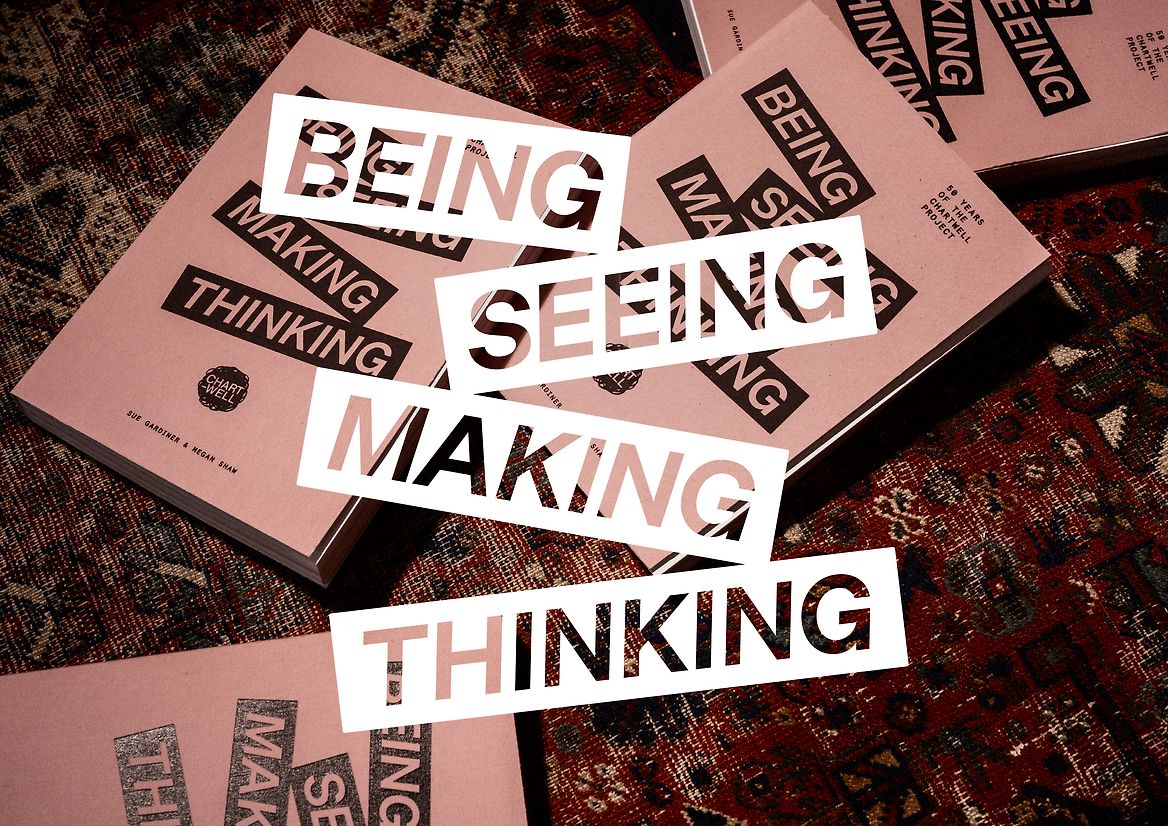
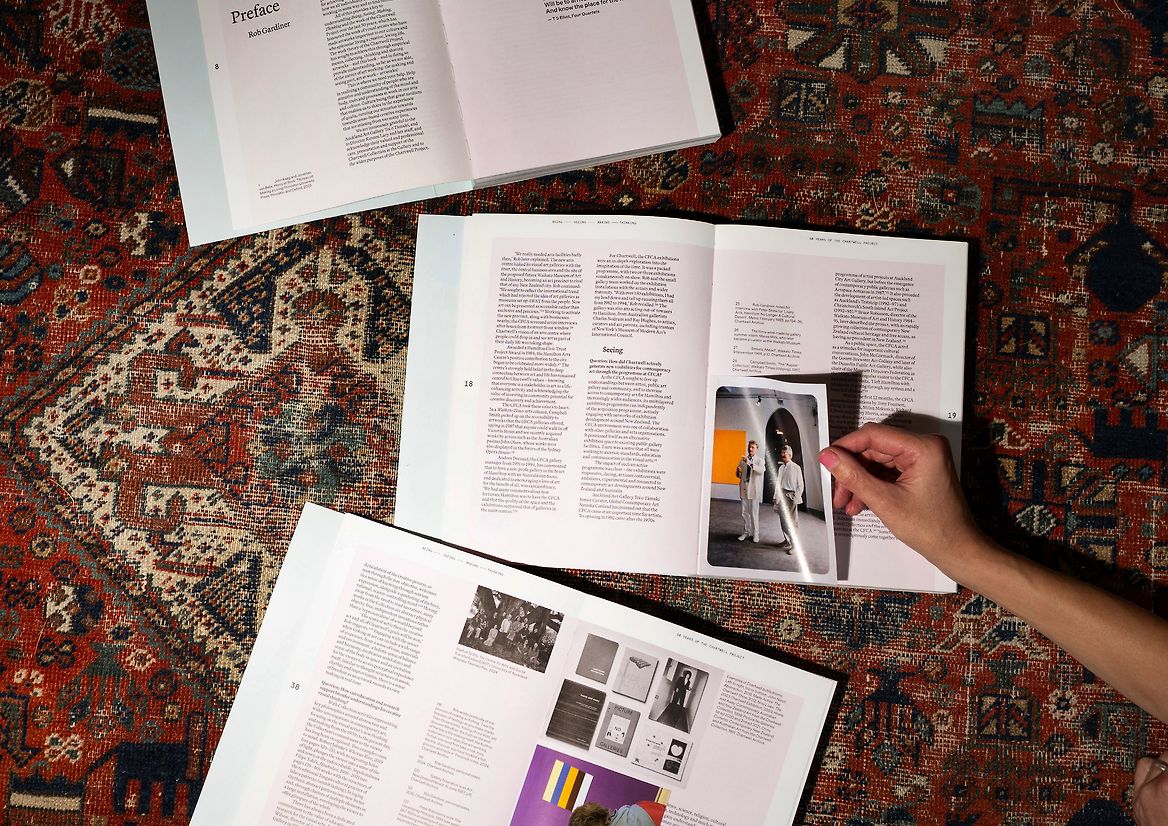
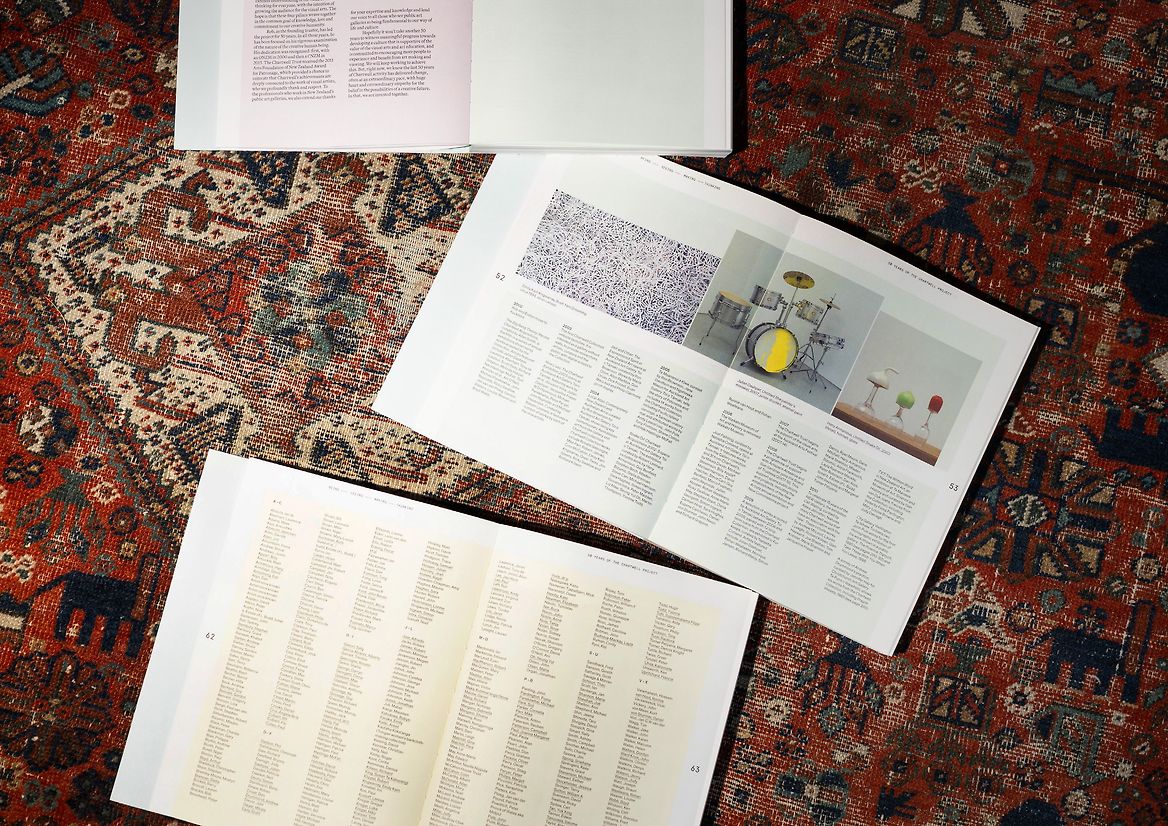
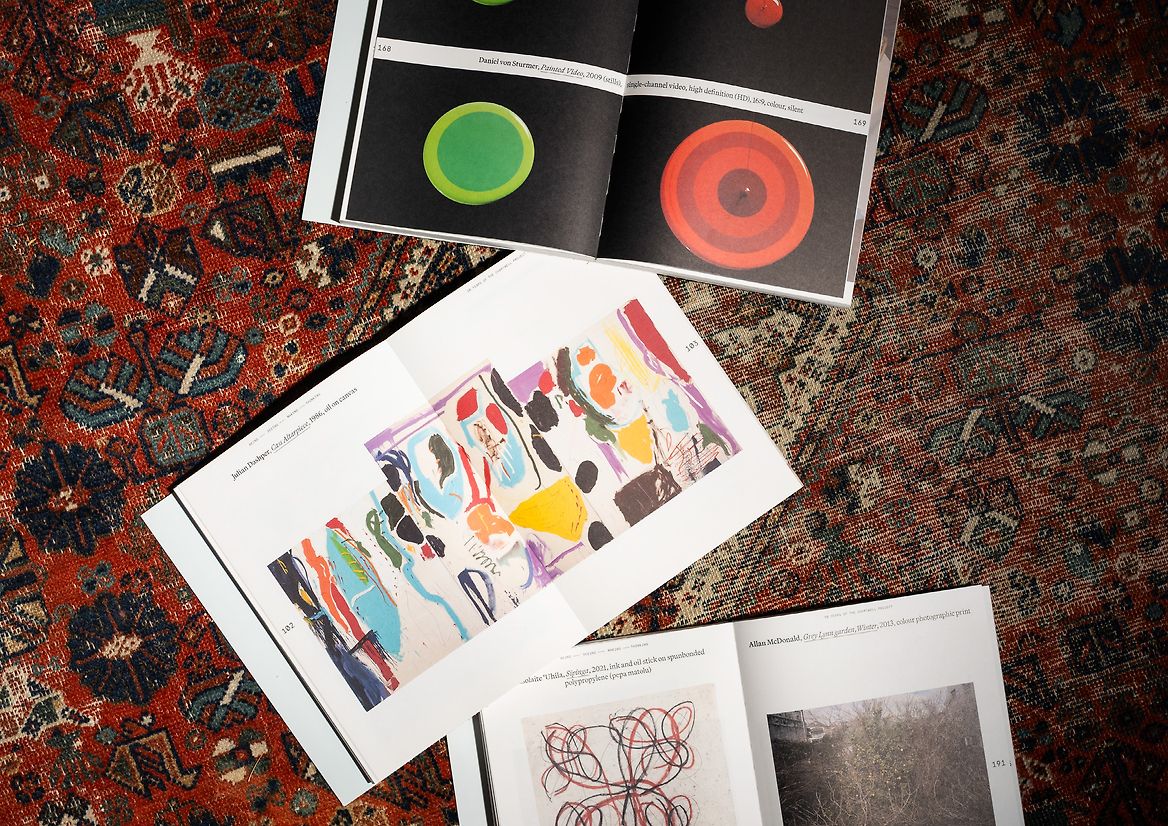

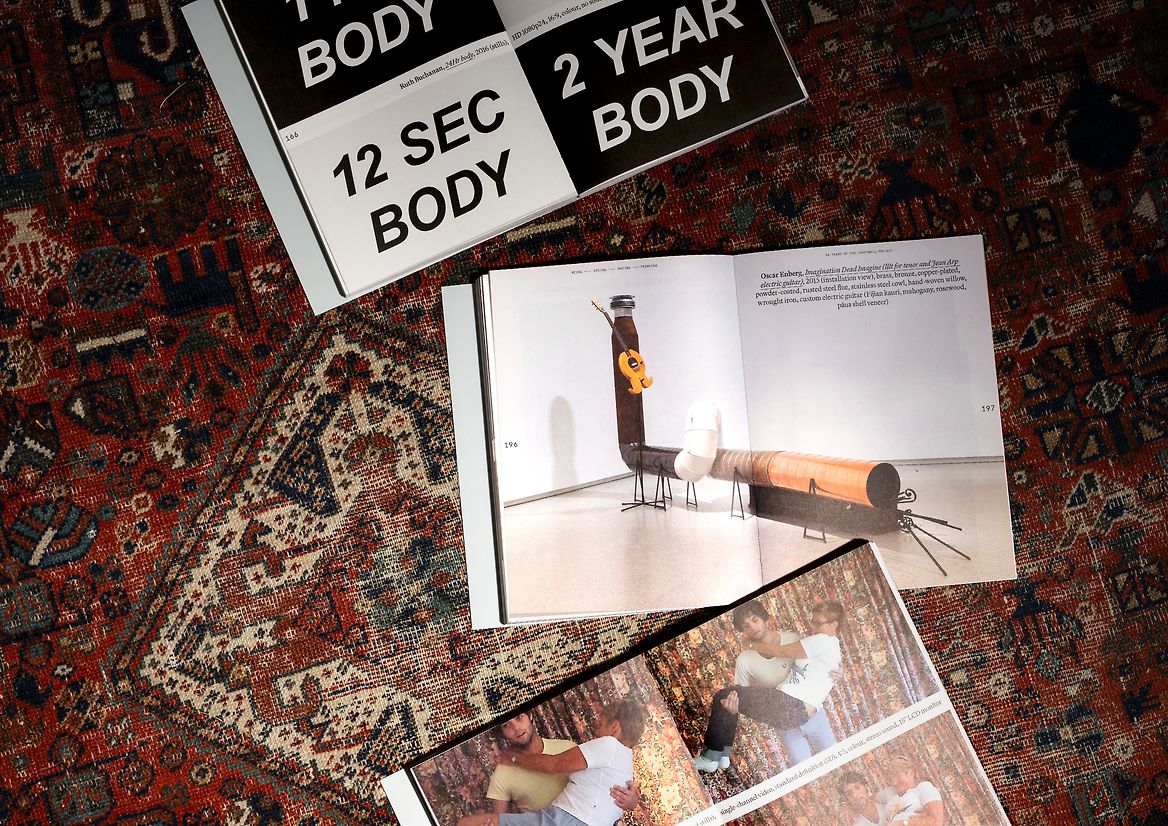
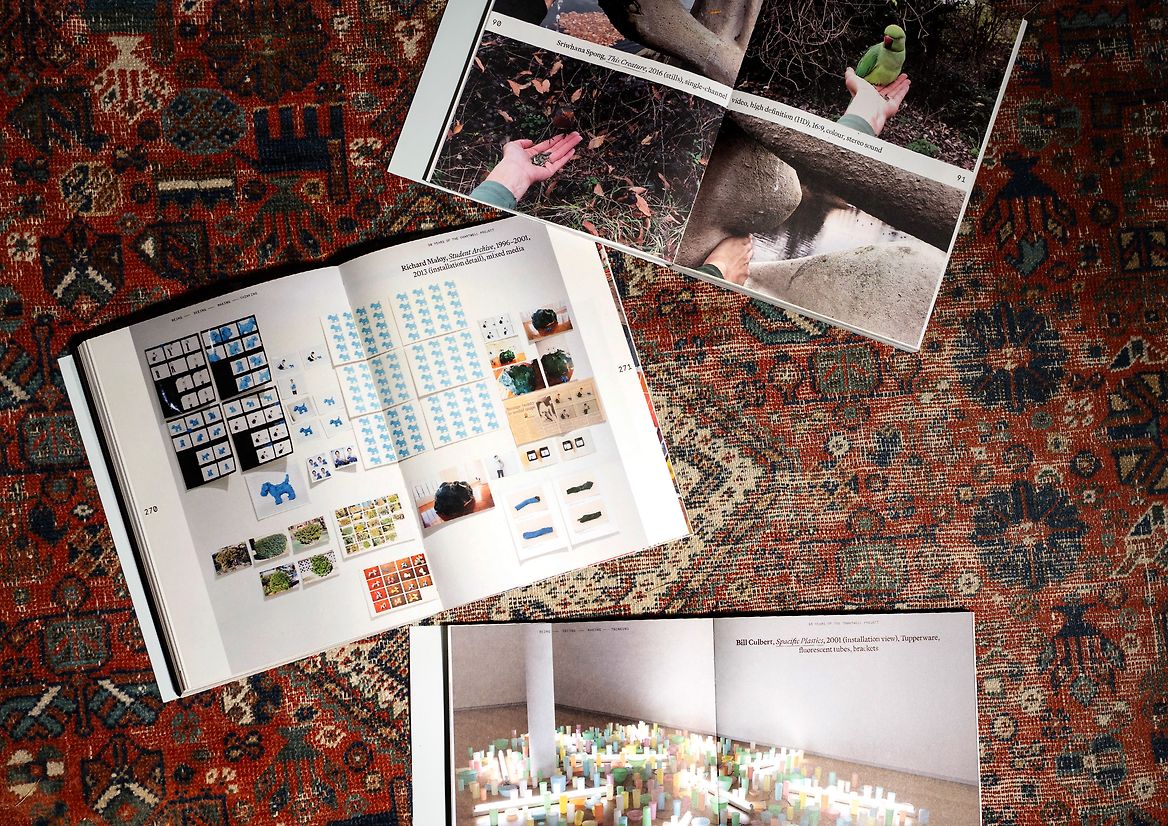
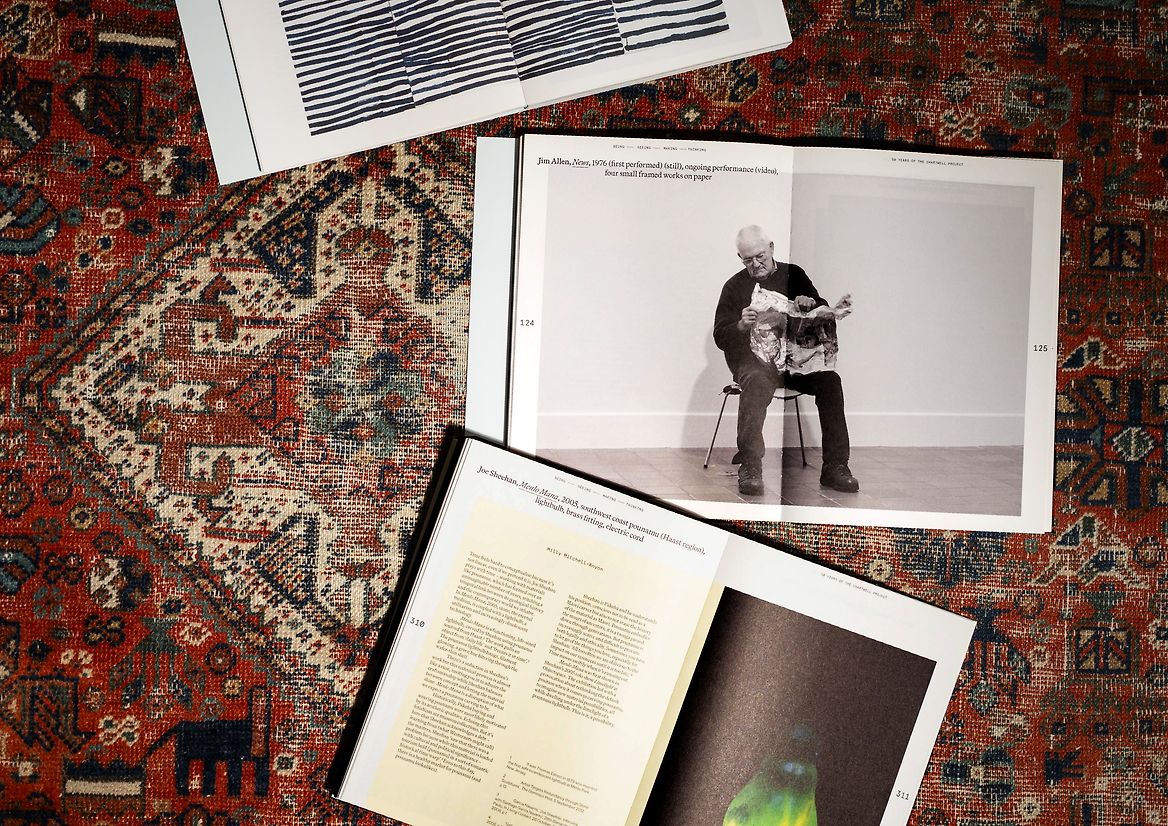
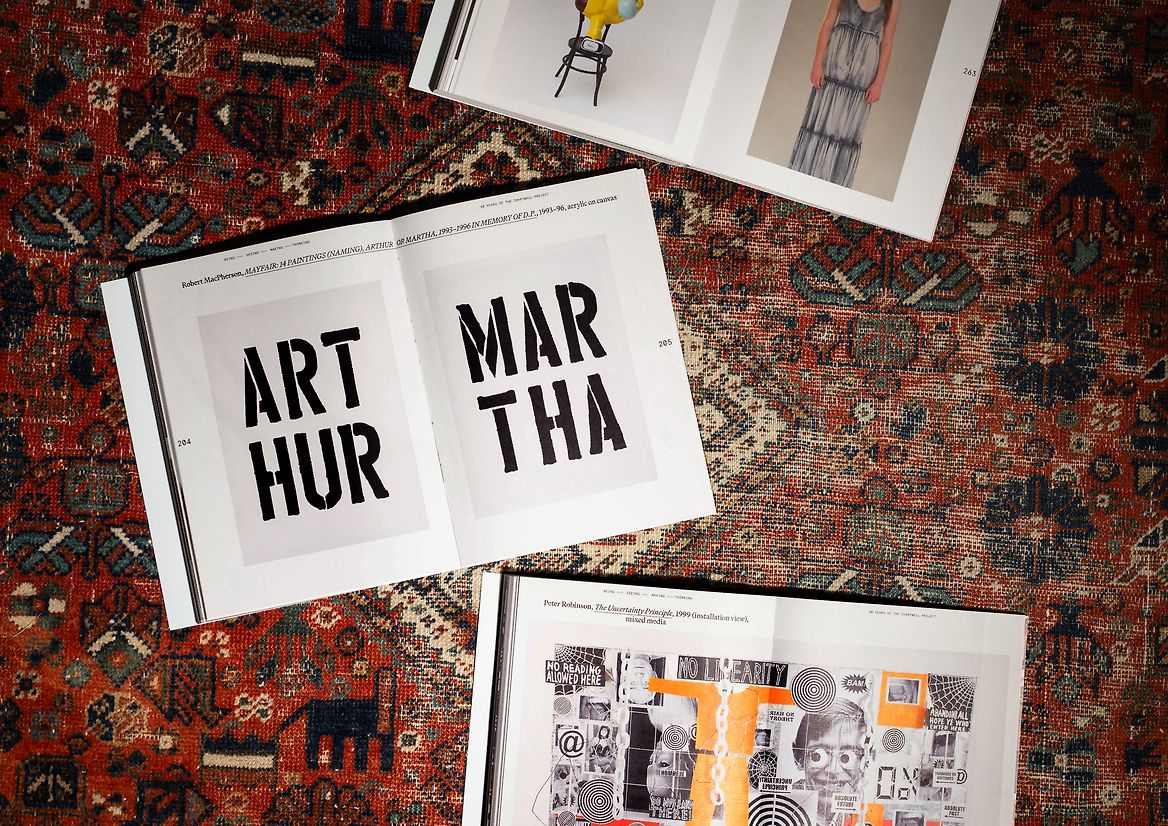
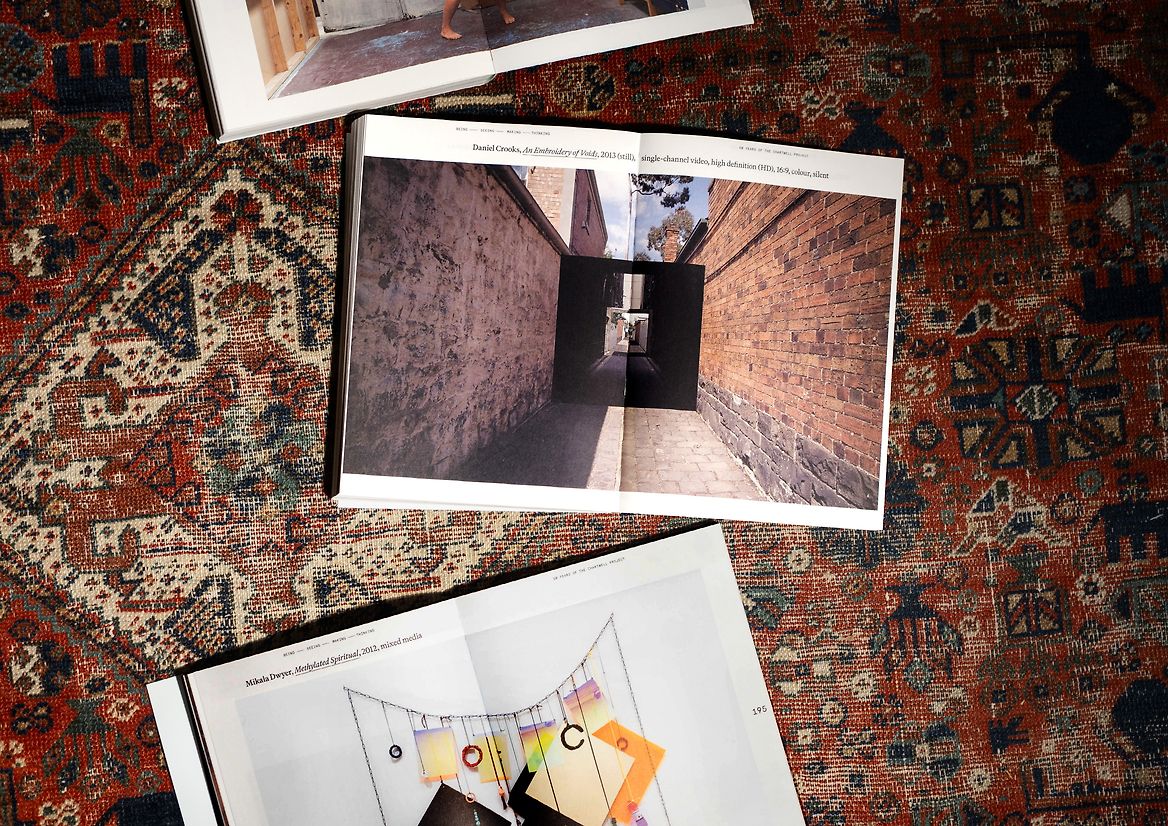
Description:
Auckland Art Gallery Toi o Tāmaki and the Chartwell Collection Trust wanted to celebrate the work of the Chartwell Trust on its 50th anniversary. Chartwell’s five decades of philanthropic work includes collecting contemporary art, championing artists, and supporting galleries and educational institutions to display, publish on and teach about the transformational power of art.
The publication needed to bind together the various strands of the Chartwell Project while heroing the development of the art collection – the largest privately owned contemporary art collection in New Zealand. The social and cultural importance of artworks and the way they can open people’s capacity to think critically and show empathy needed to come through strongly in the book as its conceptual spine. At the same time, the extraordinary story of Chartwell’s founder, Rob Gardiner, whose work as an accountant and businessman funded the trust’s activities, needed to be told in an engaging way that stayed true to Chartwell’s maverick approach.
The book is artwork-led, from the introductory essays through to the plate section with its 150 illustrations of selected artworks. The idea was that people could, simply by flicking through the book, gain an understanding of Chartwell’s collection from this selection of its artworks (the DNA of the collection) while also receiving a wordless art history lesson. The texts are a key component but the artworks and the manner of their presentation in the design needed to provide an immersive laboratory for the mind – a paper art gallery.
At once a finished product and a work in progress, the design balances heft and lightness – a reflection of Chartwell’s philosophy: deeply thoughtful yet agile, established yet always evolving. At its core are 150 artworks, presented in a deliberately arbitrary sequence that invites discovery through subtle visual connections in colour, form, and theme. Interspersed throughout the essay section are tipped-in photographs from the Chartwell archives, complete with founder Rob Gardiner’s handwritten, anecdotal notes – adding texture and personality. Drawing on the Chartwell Collection’s identity, the design incorporates pastel tones, typographic palette, and a lo-fi aesthetic that feels both intimate and intentional.
This publication celebrates 50 years of the Chartwell Collection while advancing its mission to foster creative thinking and wider access to contemporary art. This publication does more than mark a milestone – it amplifies the Chartwell Trust’s enduring commitment to cultural and social enrichment through contemporary art. Bridging past and present, it reflects Chartwell’s belief in art as a vital force for cultural growth and intellectual exploration.